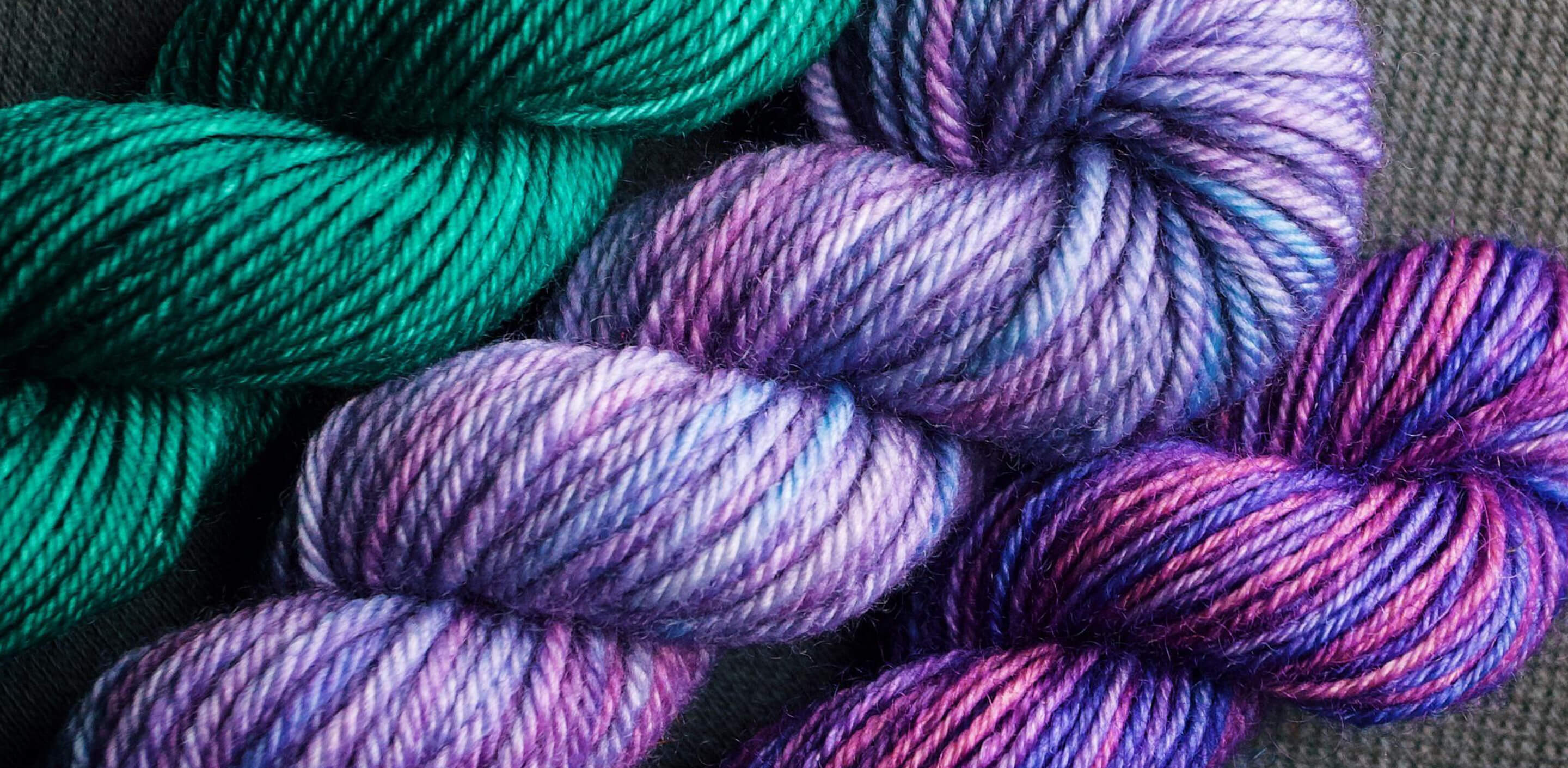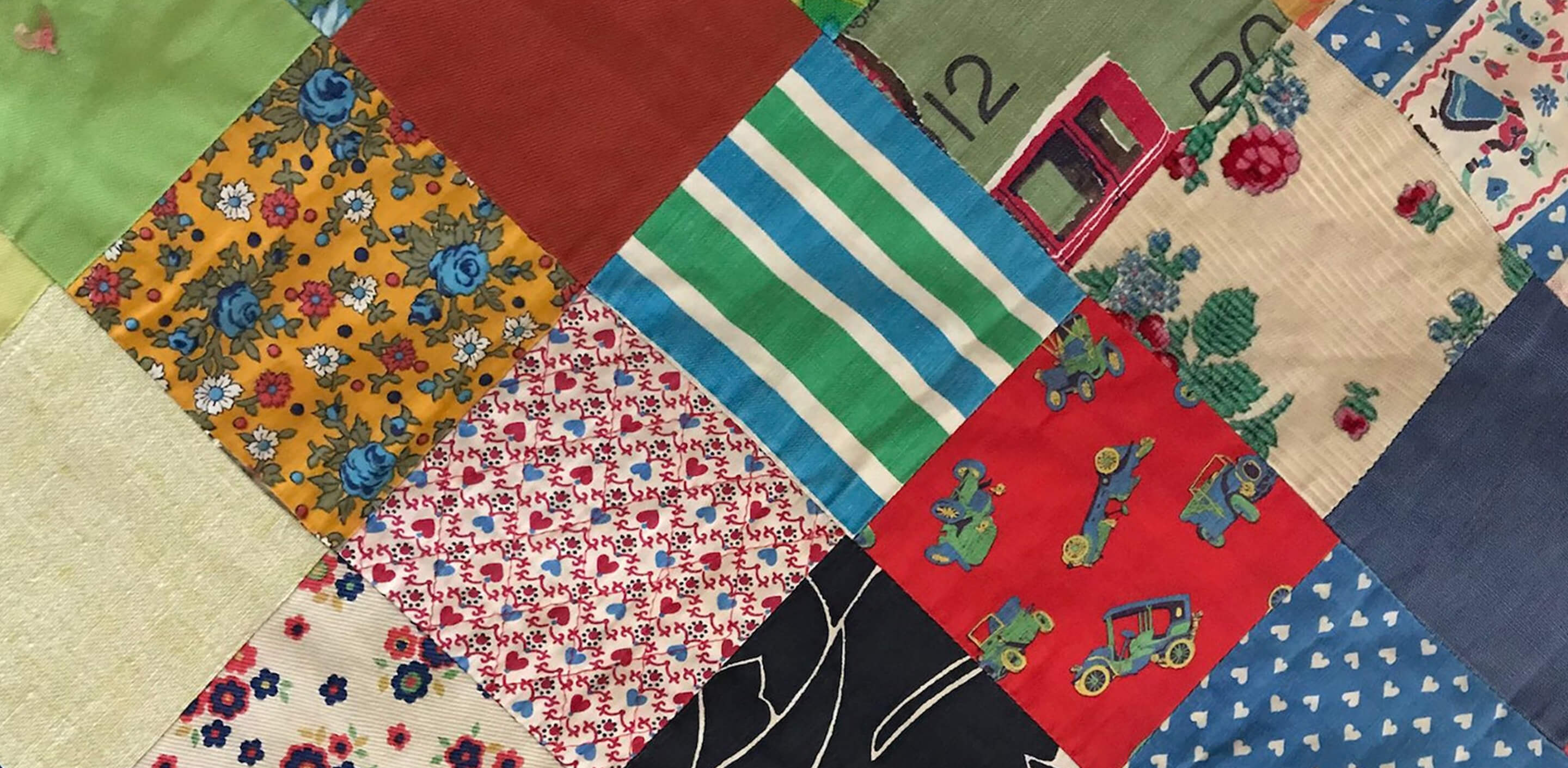In layman's terms, the inspection done to regulate the quality of clothes is primarily intended to be examined with the naked eye. Clothing materials, seams, buttons, thread, zippers, sizing, and any other details may all be checked as part of a routine quality inspection. The garment industry as a whole is subject to several systems of quality control examination. During the first phases of production, the main objective of the inspection is to detect defects. Less time and money will be lost if problems are discovered early on.
Use the 'inspection loop' below as a guide for conducting a thorough and accurate examination. The first step is to inspect for problems and report them to the right people. Next, you may investigate the root causes of the problems and take steps to fix them.
Methods for Garments Inspection
The standard three-stage inspection process for textiles and apparel includes:
- The analysis of raw material
- Inspection Within the Scope of Productionw
- Final process
The Analysis of Raw Materials
Although textiles are the most common raw material in the garment industry, other components like sewing thread, zippers, chains, and interlining may also be referred to as raw materials.
Fabric Analysis

Fabric, a garment's primary material, is essential throughout production. Whether the textiles are sourced domestically or internationally, it is important to do a complete quality assessment before purchasing to save time and money on subpar goods. The risk of permanent damage is considerable if the materials are of low grade. When the fabrics are delivered to the plant, certain producers inspect them. Fabric inspections should, however, be conducted at the seller's location.
Examining thread for defects

Sewing production and quality are affected indirectly by the frequent breaking of sewing threads. The needles of a sewing machine move the thread at a rate of 140 to 165 kilometers per hour while the machine works. Friction between threads and various parts of machinery and fabrics may impair thread strength by as much as 32 percent.
Chain

One inoperable chain or zipper is an example of a vital clothing component. It's important to anticipate these challenges in order to prevent zipper malfunctions.
- Dimension
- Uniform color
- Slider
- Lock
Inspection Within the Scope of Production
The term "in-process inspection" describes the process of checking the garment's components before they are sewn together. Every phase of the manufacturing process, from spreading to finishing, is subject to inspection. The primary objective of the in-process inspection is to identify issues in the earliest phases of production for various components and to implement the necessary processes to rectify the flaws found. The reduced total cost of repairs is a direct result of the earlier detection of the problems. Here, we'll go through some of the potential approaches employed during the manufacturing of garments to keep an eye on quality.
Putting up a sign

The quality of the garment is at risk if mistakes happen at any point in the manufacturing of the marking. Therefore, it's important to carefully examine each step of the marker manufacturing process. For each design you make with the marker, make sure the labels or code numbers are in the right places
Fabric Spreading

Defects in fabric spreading may negatively affect the overall quality of the garment, thus they should be fixed right once. For instance, the fabric must be stretched so that its length and width match the marking, and the fabric's edges must be aligned in both the longitudinal and transverse planes. In any other case, there will be more fabric scraps.
Stitching and other Forms of Fabric Embellishment

Cutting the fabric precisely is the most critical factor in making high-quality garments. Thus, the factors responsible for cutting the fabric need to be scrutinized closely. Whether or whether the pattern proportions and the cut fabrics are the same, for instance, is something that should be double-checked.
Needles and Thread for Fabric Sewing

When it comes to making clothes, the fabric stitching process is by far the most intricate and important part. At all times, plans must be in place for inspecting the work of each sewing machine operator in this section, determining the number of errors that may be tolerated in that work, and taking corrective action and enforcing quality standards.
Finishing

The primary purpose of pressing or finishing is to make garments seem presentable since the aesthetic appeal of an item is a major factor in determining whether or not a buyer will buy it (this is true regardless of other factors like price, quality, standard, and so on). Accordingly, pressing or finishing is of utmost importance.
Final Process

This last inspection is thorough since there was no time to verify the complete garment earlier. From the standpoint of the purchaser, this last check is essential. The last quality check focuses on measuring for size, checking for defects, and ensuring a good fit.
FAQ
How many steps are in apparel inspection?
In general, there are four steps involved in apparel inspection which includes inspection of raw material, production inspection, finishing, and final inspection.
What is the garment inspection procedure?
This sort of inspection is performed at the early stage of a style's production, and it focuses on style detail, overall look, craftsmanship, dimensions, fabric quality, trims and components, lot colour, printing, embellishments, and washing quality.
We also happen to be a magnet for suggestions, and would love to catch yours….throw us yours on hello@fabriclore.com




